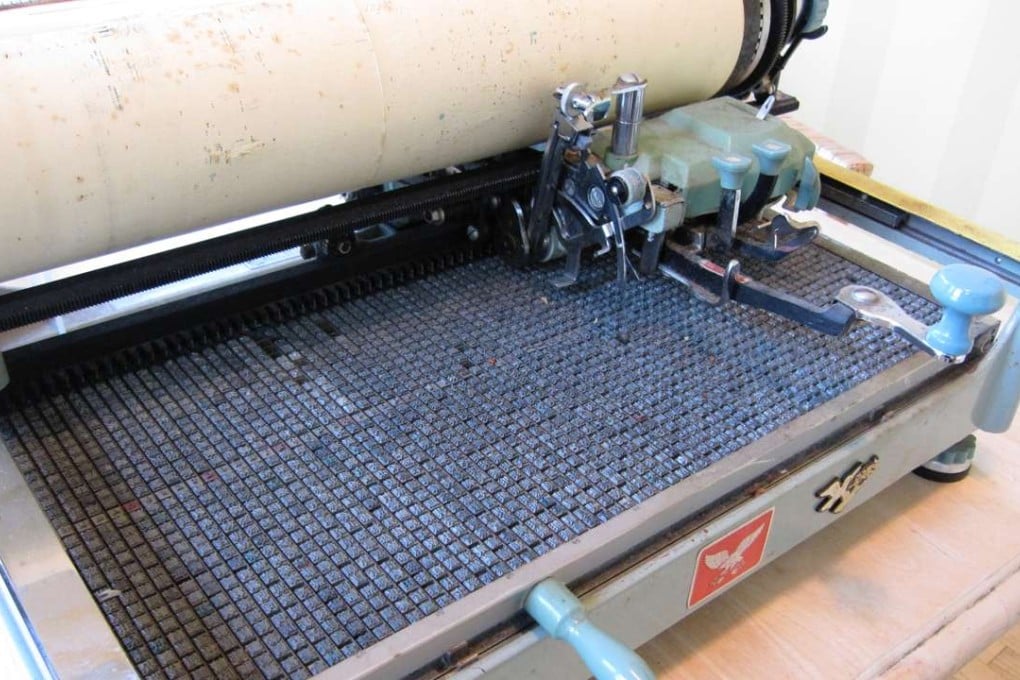Is predictive text robbing us of our ability to write?
In China they call it character amnesia - being unable to recall how to write a phrase because you're so used to autocomplete software. Now it is on four billion phones, and children type before they write, will we still be able to put pen to paper?

It’s 1950 in Communist China, and you want to type a letter. You lean over a metal tray about the size of a sheet cake. Instead of keys, the tray is filled with tiny pieces of metal type. You manoeuvre a knob on a lever across the tray until it hovers over the piece you want. Press the lever, and with a thwunk the piece leaps up from the tray, strikes an ink pad, then pounds the paper mounted above the appliance. Now begins your hunt for the next piece. You have about 2,500 to choose from.
This was the Chinese typewriter, and it may not surprise you to learn that its top speed was a plodding 25 characters per minute. But that little fact, says Tom Mullaney, a professor of Chinese history at Stanford University, in the United States, led to a remarkably forward-thinking innovation: machines that could provide you with options of what to say next. Today, autocomplete is a global phenomenon – but its unexpected back story may offer some surprising insights into its future.
To live in China in the 1950s was to be deluged with words. The government issued propaganda campaigns about everything from marriage reform to steel production, and charged local typists with making copies for everyone to read. But it was slow going, not least because the 2,450 characters in the trays were organised according to a Qing-dynasty dictionary that grouped them by shape. The equivalent, says Mullaney, would be having “apple” and “aardvark” next to each other on a keyboard of English words.

To make things a bit easier, typists across the provinces began to personalise their trays. First you might move the most common propaganda phrases into the middle and next to each other, so you wouldn’t have to hunt around for the words “American” and “imperialist” every time. Then, maybe you’d put “grain” next to “production”. Someone working in a farming town might type certain phrases more often than someone in an urban office, and vice versa, so typists’ trays grew increasingly diverse. Eventually, they became customised so that surrounding many characters were the eight or so others most likely, in the typist’s experience, to come next.